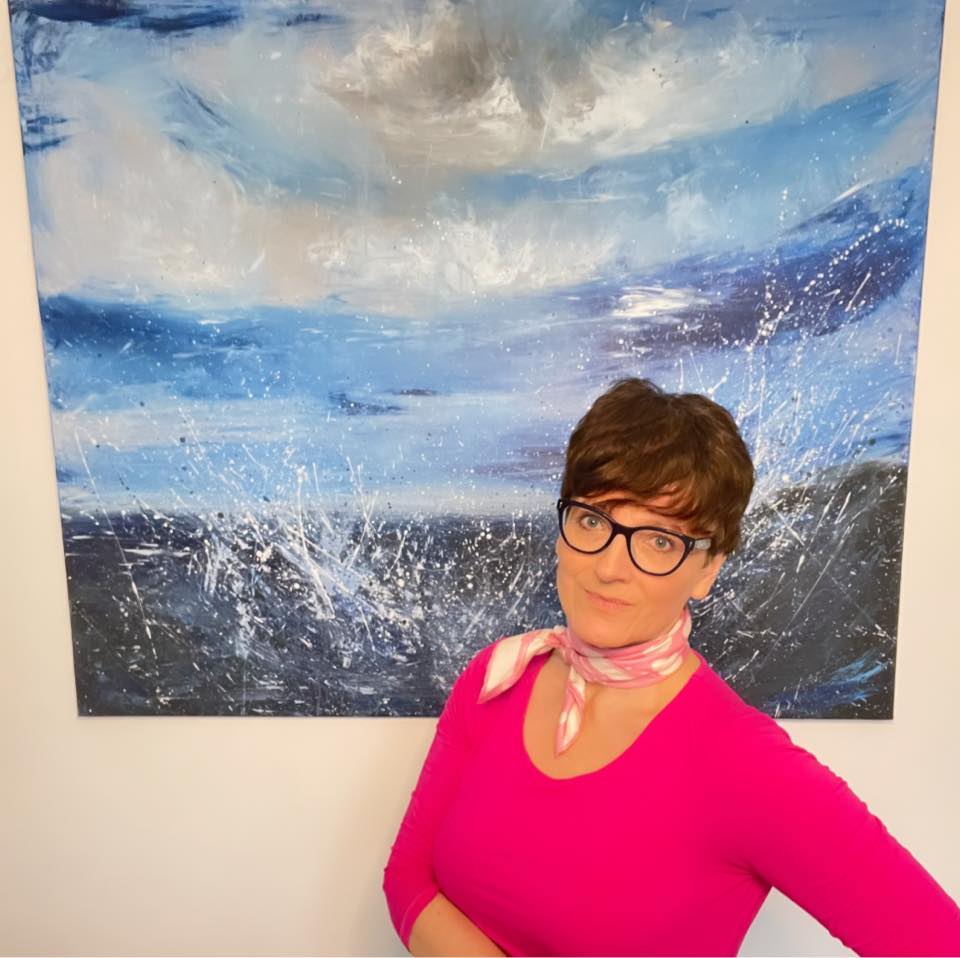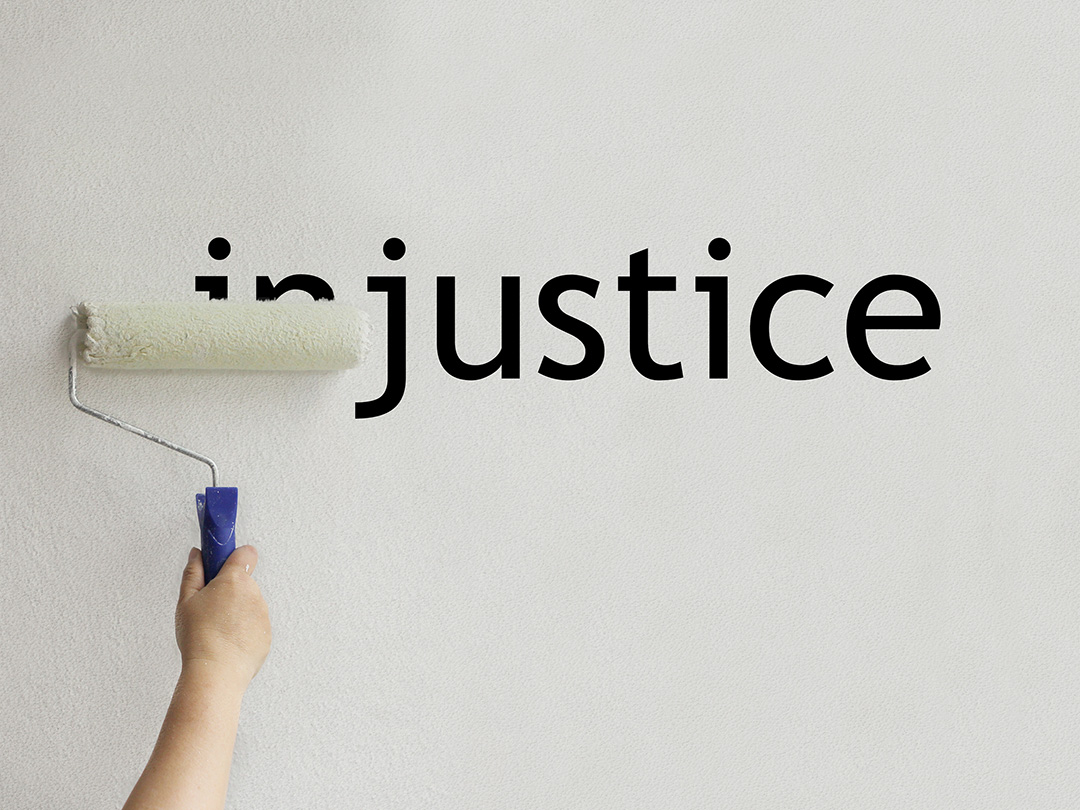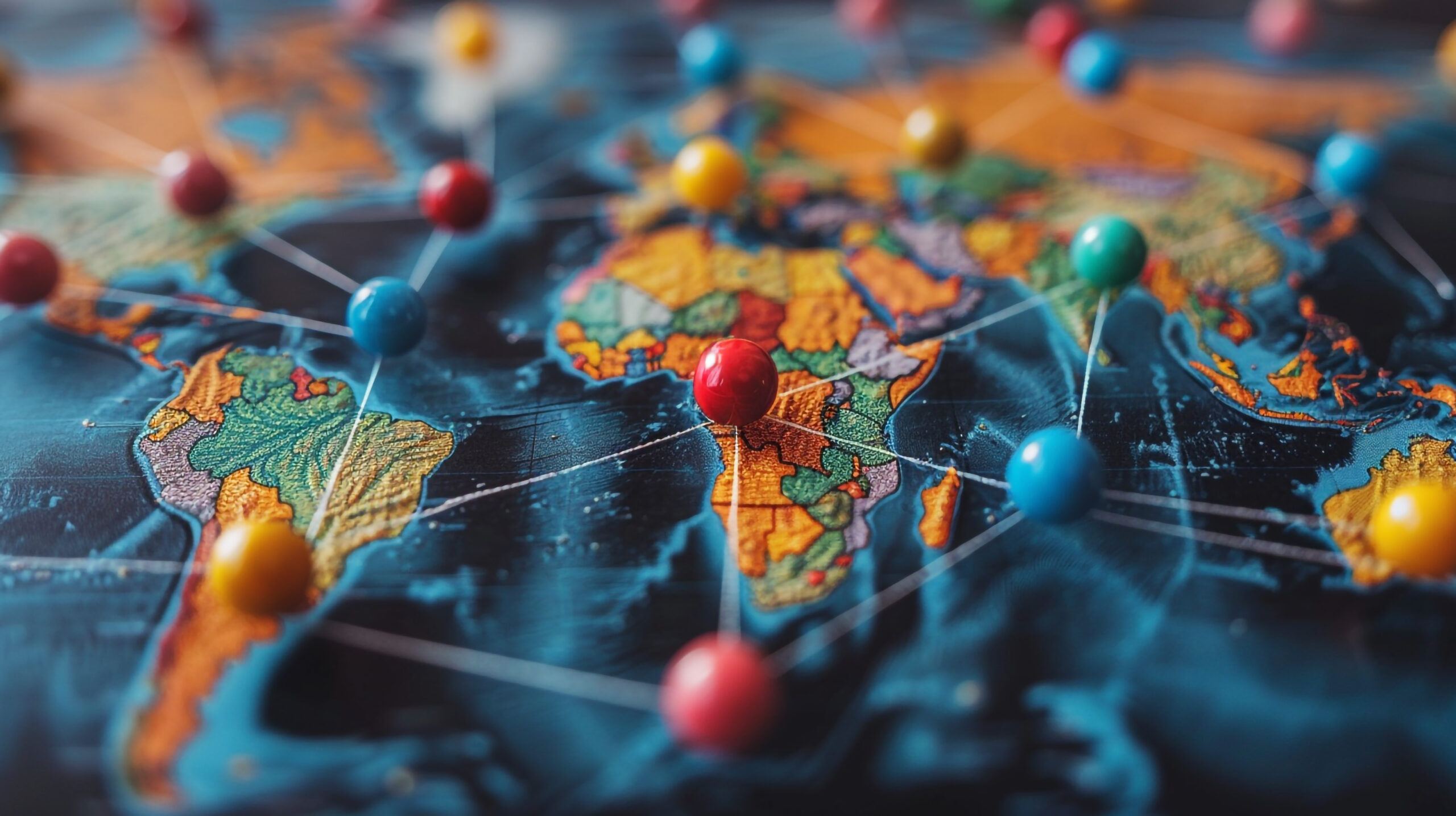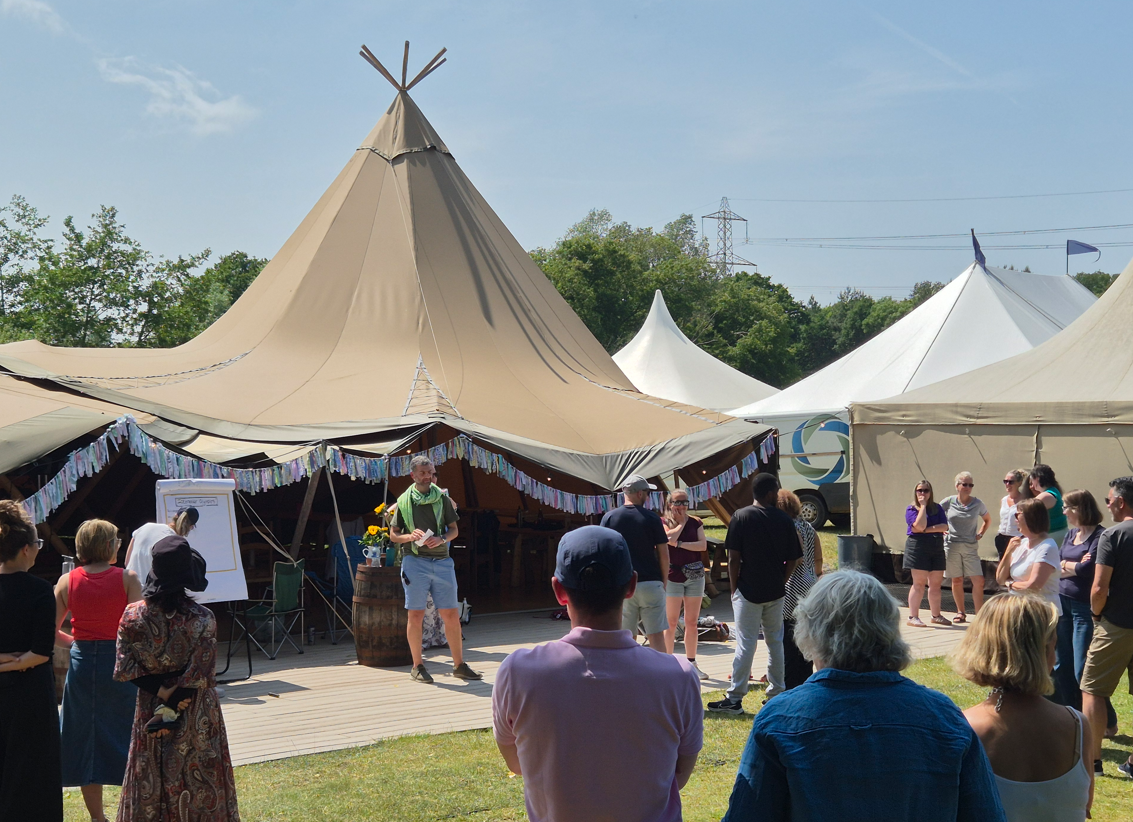Rachel Bentley examines not only a gender pay gap, but how creativity can inspire development and change in challenging work climates
In the world of art an insidious reality lurks beneath the canvas: a gender pay gap that painfully exposes the struggles faced by women artists. A recent article by The Guardian sheds light on the profound impact of this shocking difference citing evidence from a leading academic and activist.
Creativity and innovation drive progress, allowing organisations to maintain a competitive advantage
As reported in the article, Dr. Helen Gorrill, the author of ‘Women Can’t Paint’, a title itself prompted by misogyny in the art world, uncovers a staggering truth. Women receive a mere 10% of the earnings of men for artworks sold.
Even with 70% of art students being women chosen on merit, the art world still exhibits a stark earnings potential disparity.
This gender value gap may be a major factor in discouraging talented women from fully pursuing their artistic passions, but it also reflects wider societal imbalances that demand attention and commitment to fostering a fair and equitable future.
Seeing it as an artist
Imagine a scenario where your younger self, passionate about art, is led to believe that a career in the arts is precarious and financially unrewarding. Coupled with the nagging doubt of not being talented enough you find yourself in an office job, unfulfilled and craving for the creativity you once cherished.
Imagine you are one of possibly millions who end up migrating from art to industry as a future career path, all contributing to a workforce outside the arts filled with creatively unfulfilled individuals.
This might leave organisations with the potential for underperformance, negative mental health impacts and a desire by this disenchanted workforce to constantly seek alternative employment to align more with creative thinking – yet the opportunities remain scarce or only available to a privileged few without the need for regular, guaranteed earnings.
As leaders and trainers we need to consider that celebrating creative colleagues and building on their skills may help us provide better solutions, so by encouraging organisations to be open to creative practices, we benefit both employees and employers, individuals and teams.
Training for creative empowerment: unlocking potential
In an era where innovation is a driving force, the importance of creativity as a key attribute cannot be overstated. A study published in the Journal of Management (Anderson, De Dreu, & Nijstad, 2004; Zhou & Shalley, 2003) discusses how creativity and innovation drive progress, allowing organisations to maintain a competitive advantage.
In recognising the need for creativity in the workforce, organisations and their leaders must next look to prioritise it in their training and development programs. Learning outcomes will extend beyond acquiring technical skills to emphasise creativity and innovation.
Cultivating an open minded and inclusive environment, one which values diverse ideas and understands intersectionality, becomes crucial and acknowledges the support needed by underrepresented individuals – in all sectors, including the arts.
Perspective from art and leadership: transformative insights
The intersection of art and business provides an important perspective on leadership. Business schools are already integrating the arts and humanities into their courses, exploring painting, sculpture, music, theatre and other art forms to help students hone creative, observational and problem solving skills. The benefits extend beyond the classroom, creating a culture of innovation that attracts talent to dynamic work environments.
Creative leadership is essential for organisations to stay competitive in the rapidly changing environments of today. It fosters a culture of innovation and motivates teams, improving job satisfaction.
The soft skills of creativity and innovation is in demand, yet is it sufficiently driving personal leadership development training?
According to a study by Dulce Peña and Dr. Kevin Grant, perhaps it must. In the e-journal, Work Based Learning, they explain how their work delves into the impact of art based experiences on leadership development. Finding that creating environments where leaders engage in unknown situations, and which allows for safe creativity, initiates transformational thinking, leading to self-awareness and personal discovery towards new capabilities to benefit themselves and their organisations.
Three creative training exercises to nurture innovation
Integrating simple art based exercises into training programs can provide a unique and effective approach to introduce creativity in a safe and comfortable scenario.
Here are three suggestions:
- Unseen drawing collaboration:
In pairs or groups, participants take turns creating a collaborative drawing without looking at it, whilst each wearing an eye mask or scarf, on a subject which can be related to the training session. This promotes communication, trust and adaptability. - Texture exploration with unconventional tools:
Provide unconventional tools for drawing, like sticks to dip in paint or use interesting fabrics to print, encouraging participants to explore textures on paper, stimulating discussion around what creativity means to them and understanding diverse perspectives. - Sandbox drawing challenge:
Fill a small tray with sand or lentils, then invite participants to use fingers or sticks to draw in the medium. This unique form of expression with a tactile yet transient element supports mindfulness and starts a conversation around adaptability and resilience.
These exercises not only enhance creativity but also offer a dynamic, refreshing and memorable way for participants to engage with each other and the training content.
Collective commitment to equality and creativity
In this article we see that addressing gender discrimination in the art world is not just about rectifying an imbalance: it’s a step toward creating an environment where all individuals, including women, can freely express their creativity. By recognising the value of diverse perspectives and fostering creativity as a soft skill we are able to contribute to the future success of organisations and the individuals within them.
As we collectively drive forward the journey towards equality, creativity and a vibrant artistic and business landscape it’s crucial to acknowledge the transformative power of creativity in training, leadership – and beyond.
Let’s avoid brushing aside injustices: instead, commit to do what we are able to empower not only women in the arts, but find ways to unleash creative potential in all scenarios – and start to unlock the creativity that fulfils individuals and brings innovation to the forefront of businesses, organisations, communities – perhaps even nations.

Rachel Bentley is an emerging artist with a long career in marketing, mentoring and management. She uses creative exercises in problem solving as a Chartered Marketer and in personal and professional development scenarios as a Leadership Coach and Mentor. She has worked at building confidence, skills and profit within the corporate field and with leaders of small businesses over many years including working with artists.
Though creating since she was a small child, and starting a degree in Architecture, she was one of the ones who didn’t feel sufficiently talented, and went into Financial Services instead. At the age of 50 Rachel started painting, exhibiting and selling her art.




